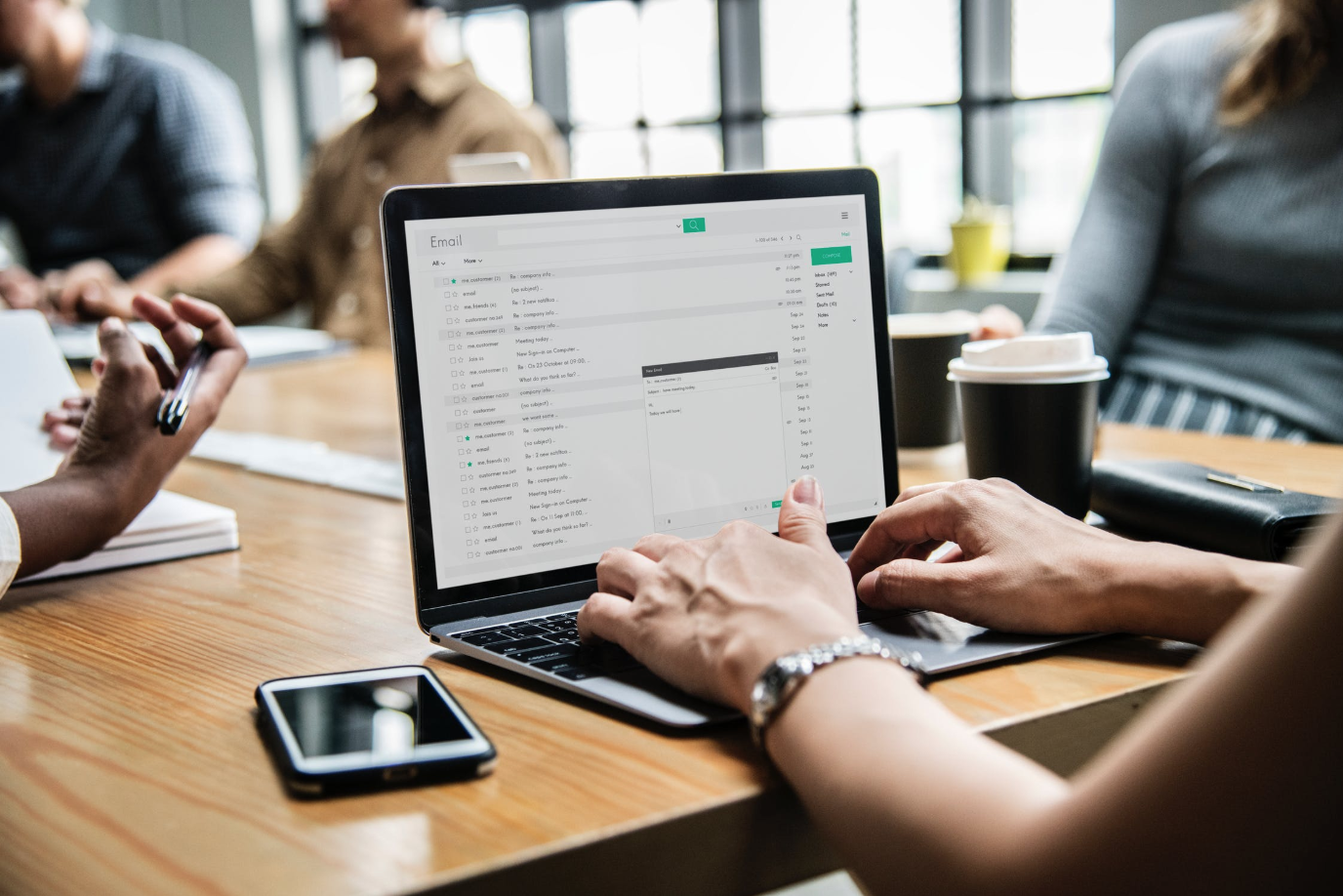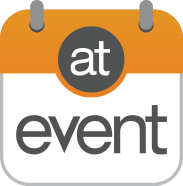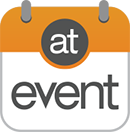
In 1969, the first message was sent from computer to computer, and since then email has stood the test of time, and is still considered one of the best customer communication channels. Face-to-face events provide crucial prospect interactions filled with explicit buyer signals, but the first opportunity you have to speak to your audience is usually through email before the event.
The average person receives an aggravating amount of emails daily as it is, so it’s important that your message stands out from the pack. In order for your pre-event email strategy to create quality event lead opportunities, you need to nail down four key components; content, personalization, call-to-action, and timing.
CRAFTING KILLER CONTENT
Your pre-event emails should focus on the event itself because that is your connection to this audience. Don’t distract them with multiple text links and buttons with different CTAs. It’s important not to throw the kitchen sink at them in your first few emails. The best way to begin your nurture and start a dialogue that will hopefully drive these leads to your booth at the event is by writing a simple and direct email with one CTA that drives them to a registration form on your website. Through that registration form you will want to offer something unique and valuable. You may use your form registration as a means to schedule demos and meetings at the event. Some other ideas could be offering a research brief, case study or exclusive guide. A great tactic to consider is creating an event within the event, such as a breakfast or wine and cheese meet-up, which creates an environment at the show that allows for more exploratory conversations. Whatever value or experience you decide to offer, the registration form will allow you to capture targeted accounts, and with your event lead management solution, you can check them in at the event to indicate the interest level of those leads and their readiness to convert.
GETTING PERSONAL WITH YOUR EMAILS
It’s not helpful to send mass emails that don’t personally connect with your audience, and it’s a huge waste of resources to engage with a massive amount of leads at an event if they’re not qualified. When driving traffic to your event it’s important to bring in the right traffic, and that all depends on your strategy, which will guide your personalization. 94% of companies agree that personalizing your message is critical to current and future success. If prospects feel like you have a good grasp of what their day-to-day work requires, they’re more likely to want to have a conversation with your reps at your event booth. Your email messaging should outline your prospect’s pain points and address how your solution eliminates or manages those pain points.
Segmentation is key for sending personalized messaging that not only gives your audience a sense of understanding but also provides you with data on your different audience segments. Consider your target audience and multiple personas, and write slightly different variations for each. For example, if you have personas working in Demand Generation, the prospect might be most concerned with getting leads in the door, whereas a Sales persona might be focused on talking to high-quality leads. Be sure to write from their perspective so they feel that much more connected to your email, and more comfortable trusting your company than others. Here are 5 quick ideas to help your company create the personalized messaging your target audience want to read in their inbox:
1. Use Personalized Tokens
If you have this information then use it! Let your prospect know that they’re not just a random recipient of this email but that it was specifically tailored for their consumption. It’s a simple but effective way to begin humanizing your company and your accounts. Go beyond just using their name and also add other personalized tokens in your emails, such as company name and industry.
2. Build a Targeted Account ICP (Ideal Customer Profile)
There are a number of ways you can gather data for use in creating a target account ICP. You can email your current customers a short survey that can measure a mix of attributes and help you spot commonalities. You can also track website behavior and download history for more insight. By incorporating that data into your messaging, your emails become more relevant and enticing to your target audience. By using both website insights and surveyed data, you can customize a series of emails that can increase open rate, click-through, and hopefully, sales.
3. Personalize Yourself
While you’re busy humanizing your accounts, try humanizing your brand as well. Put your name, contact information and a headshot in the signature of your emails to let your accounts know they’re receiving this message from a real person. Don’t just stop there, take it another step further by writing in a conversational tone and using pronouns, such as “we” and “I” to make it feel like a real conversation.
4. Create Personalized Landing Pages
Don’t let your email be the beginning and the end of your personalized messaging. If your email is gaining click-through due to its personalization but your landing page is generic, most prospects are going to lose the interest you worked so hard to build. Instead, your landing page should continue that messaging and reinforce the lead’s confidence in exploring your company. Be sure to create a consistent look and feel, as well as hitting the same pain points (and expanding on them) as in the email.
5. Write Personalized Subject Lines
Combine what you know about your audience from your ICP and add in personalized tokens to make your subject lines pop. Put yourself in their shoes and write what would make them stop and click. You can either go the ultra-creative route or stick with some more grounded subject lines. Here are some subject lines to get you inspired:
- [NAME] – Don’t Attend [EVENT] Without This
- [NAME], Find Out What [JOB TITLE] Can Look Forward to at [EVENT]
- Are You Ready for [EVENT], [NAME]?
- What [COMPANY] Can Look Forward to at [EVENT]
- [NAME], Get Your Check List for [EVENT]
PROPERLY PHRASING YOUR CALL-TO-ACTION
You’ve written engaging content with a single action and your messaging is personalized but you have to properly phrase your CTA still. The way you write your CTA can either lead to a conversation or a bounce. It’s important to remember that successful CTAs often sell high value while asking very little in terms of commitment. For example, a CTA that says, “register now” will often underperform in comparison to one that says, “grab your seat” or “get on the list.” Prospects want to hear how your solution can eliminate an aggravating pain point and increase their personal and professional success, but they don’t want to see a CTA that requires too much commitment right away. Be sure to invite, rather than require. When you’re looking to drive booth traffic at your event, keep in mind that a friendly, “stop by for a chat” has a better chance of leading to a meeting than saying, “schedule a meeting here.” Likewise, if you’re hosting an event within an event, try something like, “get a free breakfast” or “save your spot.”
Here is a list of top performing CTAs to help get your creative juices flowing:
- Download free report
- Read the white paper
- See it in action
- View deals
- Take a look
- Try it free
- Free 30-day trial
- Explore the benefits
- Explore now
- Click here for more information
TIMING IT JUST RIGHT
Last but not least, timing is also important here because we all know what it’s like to be spammed with emails. Schedule your emails at the recommended times, the most popular being Tuesdays at 10:00am. Take into consideration where your leads live, making sure they still find your email at the appropriate time of day as well. Also, don’t forget about spreading out your emails and sending a good amount without overwhelming your audience. We recommend starting to send out emails 1-3 weeks prior to the show, all the way until the day of the event. Limit your emails to no more than 2 per week. You may also want to test sending your last email 1 hour before the event starts to have your company’s name fresh in their minds. Here’s an example of an appropriate emailing schedule:
- 3 weeks before the event - introduction email
- 2 weeks before the event - offer your show value/experience
- 1 week before event - reminder that event is just around the corner
- Day of event - reminder to come visit your booth
Now you’re ready to nail your pre-event email strategy and talk to qualified leads. Take your email efforts to the next level with these 5 steps for accelerating sales velocity from events using HubSpot.









